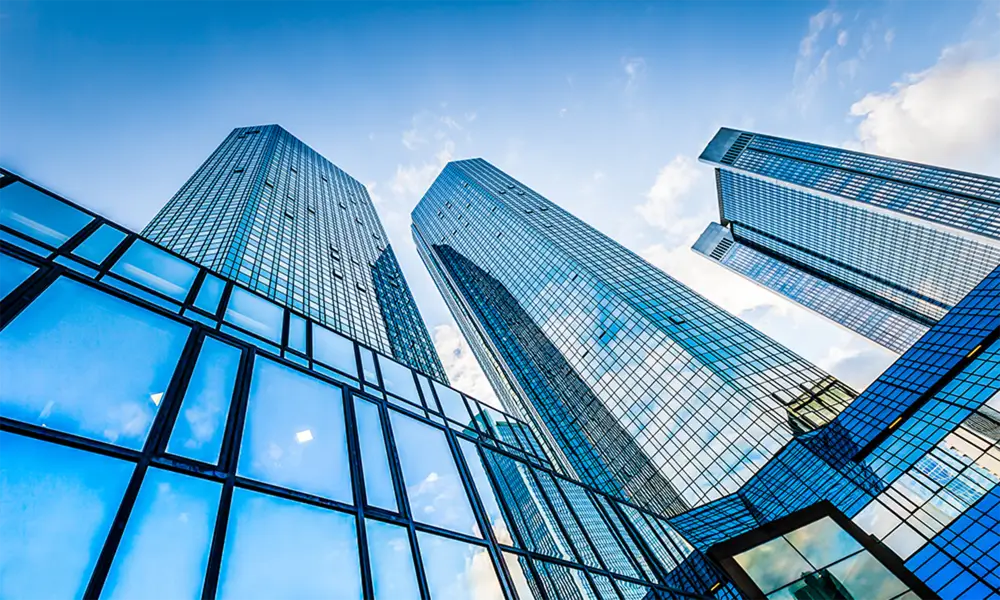

Understanding Low-E Glass Options A Comprehensive Guide
In recent years, the demand for energy-efficient building materials has significantly increased, leading to innovations in architectural design and construction practices. One such innovation is Low-E (low emissivity) glass, a popular choice for windows in both residential and commercial buildings. This article explores the benefits, types, and applications of Low-E glass, demonstrating why it is a smart choice for energy-efficient constructions.
What is Low-E Glass?
Low-E glass refers to a type of glazing that has been treated with a special coating to minimize the amount of infrared and ultraviolet light that passes through it without compromising visible light. This innovative coating reflects heat back to its source, whether that be the exterior of a building during summer or the interior during winter. As a result, Low-E glass can significantly reduce energy consumption for heating and cooling, leading to lower utility bills.
Benefits of Low-E Glass
1. Energy Efficiency The primary advantage of Low-E glass is its ability to enhance the energy efficiency of buildings. By reducing heat transfer, it helps maintain a stable indoor temperature, which is crucial for comfort and can decrease reliance on heating and cooling systems.
2. UV Protection Low-E glass filters out harmful ultraviolet rays from sunlight, which can cause fading in furniture, carpets, and artwork. By using Low-E glass, homeowners can protect their interiors while still enjoying natural light.
3. Enhanced Comfort With Low-E glass, occupants can benefit from a more consistent indoor temperature. The reduction in cold drafts near windows in winter and excessive heat in summer contributes to a more comfortable living and working environment.
4. Environmental Impact By lowering energy consumption, Low-E glass contributes to reduced greenhouse gas emissions. Increased energy efficiency is a vital step towards sustainable building practices, making this product an environmentally friendly choice.
5. Economic Advantages Although Low-E glass can be more expensive upfront compared to traditional glass, the long-term savings on energy bills can offset the initial investment. Additionally, many countries offer tax credits or incentives for using energy-efficient materials, enhancing its economic appeal.

Types of Low-E Glass
1. Soft Coat Low-E Glass This type is coated with a microscopically thin layer of silver and is typically more effective at reducing heat loss. It is often used in climates where heating is a primary concern. Soft coat Low-E glass generally offers better insulation and performs excellently in terms of solar control.
2. Hard Coat Low-E Glass Unlike its soft-coated counterpart, hard coat Low-E glass is manufactured through a process that applies the coating at high temperatures. It tends to be more durable but is less effective at insulating compared to soft coat options. Hard coat Low-E glass is suitable for warmer climates where solar gain is desirable.
Applications of Low-E Glass
Low-E glass is versatile and can be utilized in various applications, including
- Residential Windows Homeowners can opt for Low-E glass in new constructions or during renovations to enhance energy efficiency.
- Commercial Buildings High-rise buildings and office spaces benefit significantly from Low-E glass due to its energy-saving properties, contributing to LEED certification and other sustainability initiatives.
- Skylights and Curtain Walls The installation of Low-E glass in skylights and curtain wall systems helps harness natural light while minimizing heat loss.
Conclusion
Low-E glass options are a quintessential component of modern energy-efficient design. Not only do they provide substantial energy savings and comfort, but they also contribute positively to environmental sustainability. With various types available catering to different needs and climates, selecting the right Low-E glass can make a significant difference in the energy performance of a building. By investing in Low-E glass, homeowners and builders alike can embrace a more sustainable and economically sound approach to construction and renovation. As energy efficiency continues to gain importance in building standards, Low-E glass is set to remain a leading choice for those looking to enhance both the performance and aesthetic of their spaces.